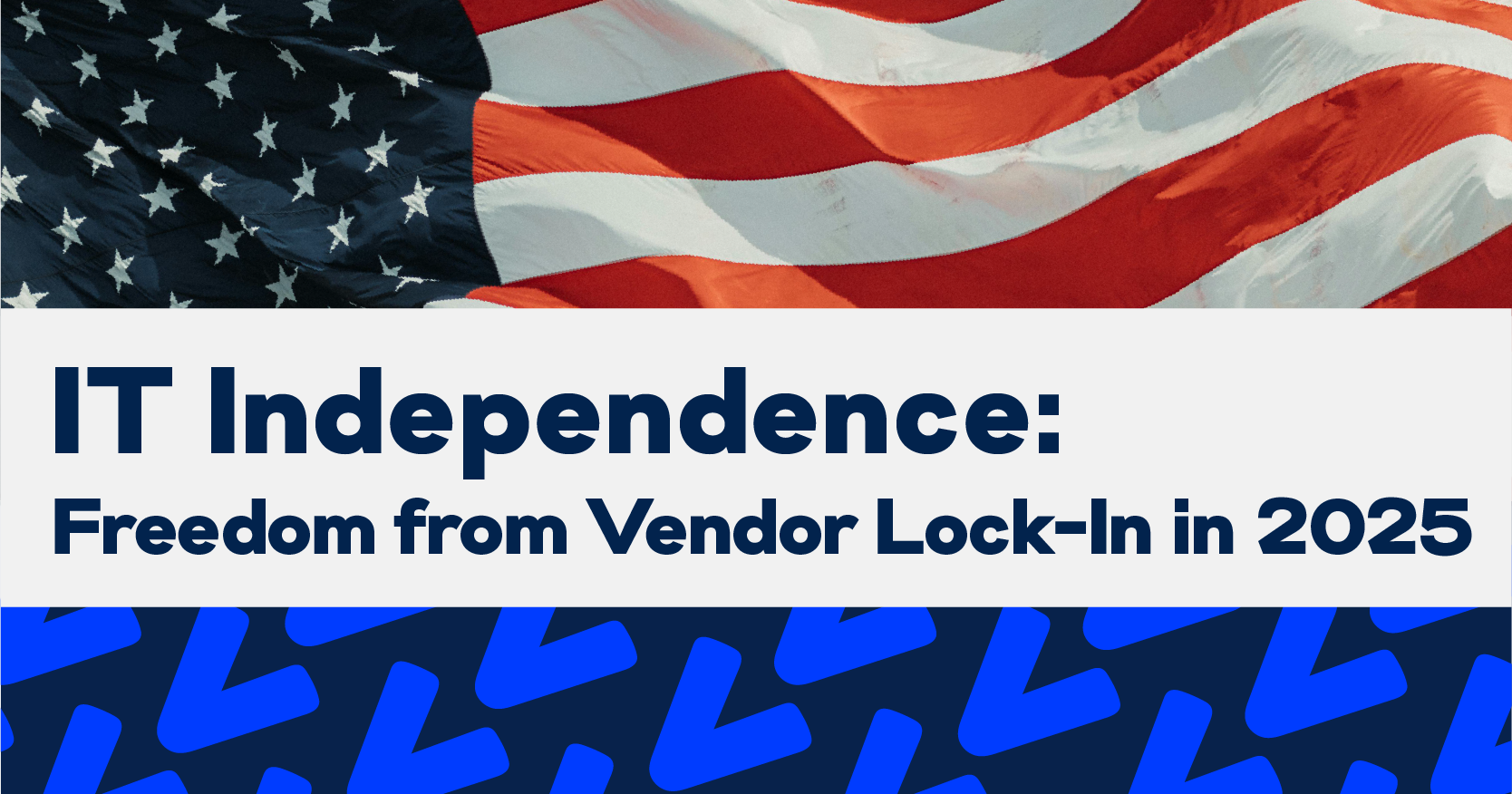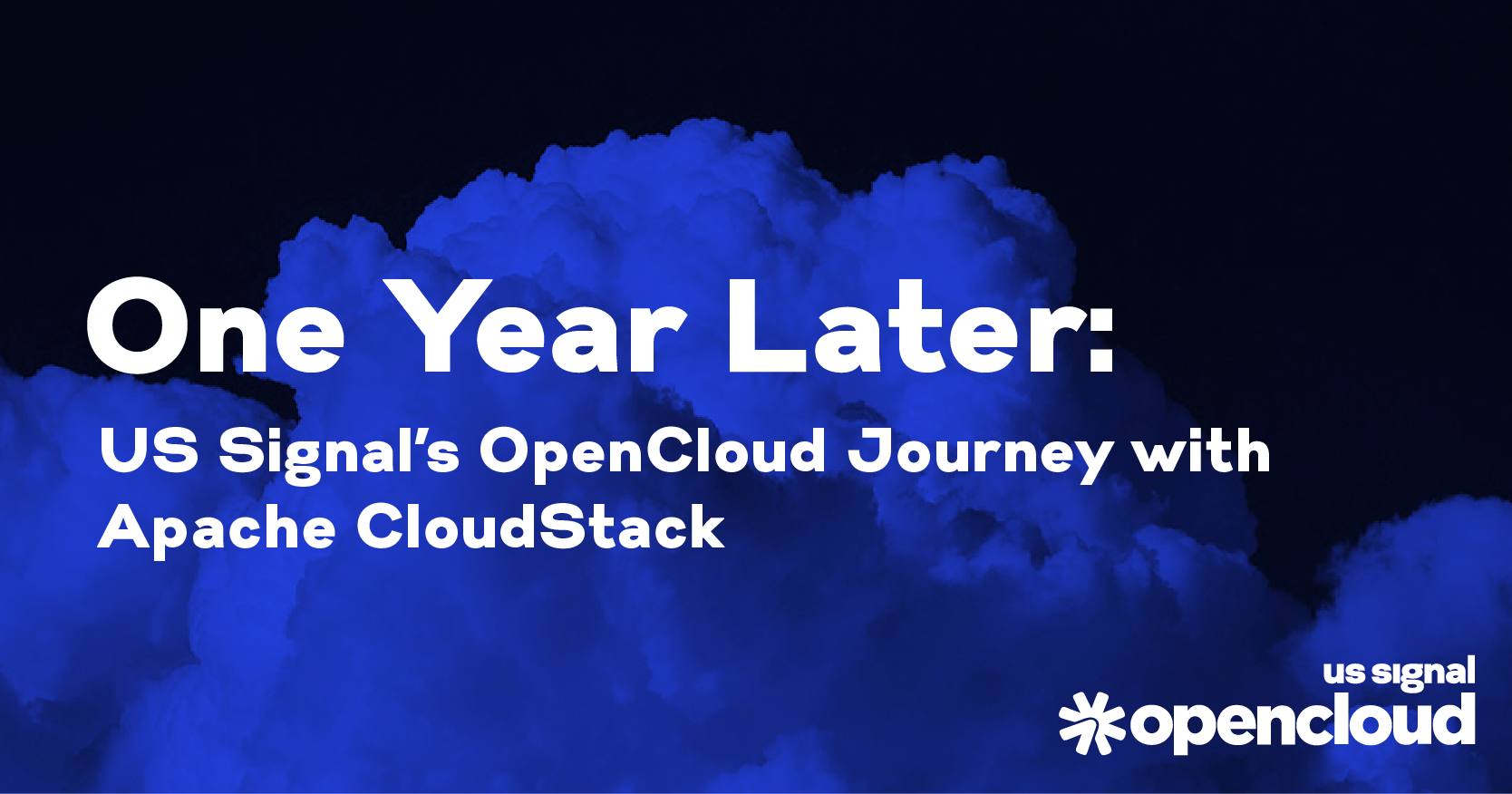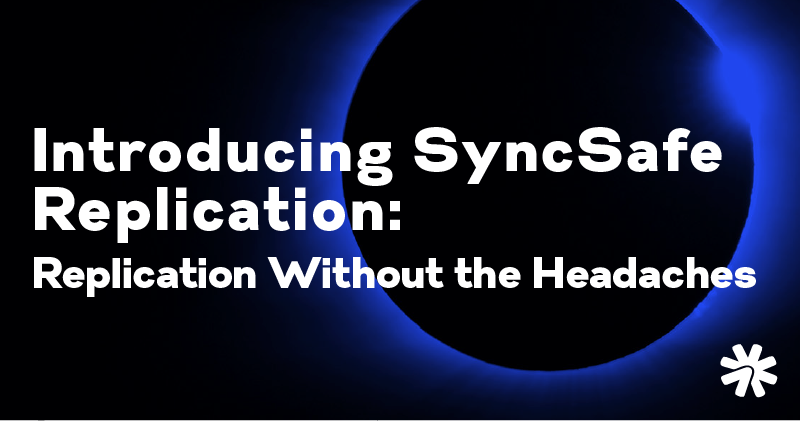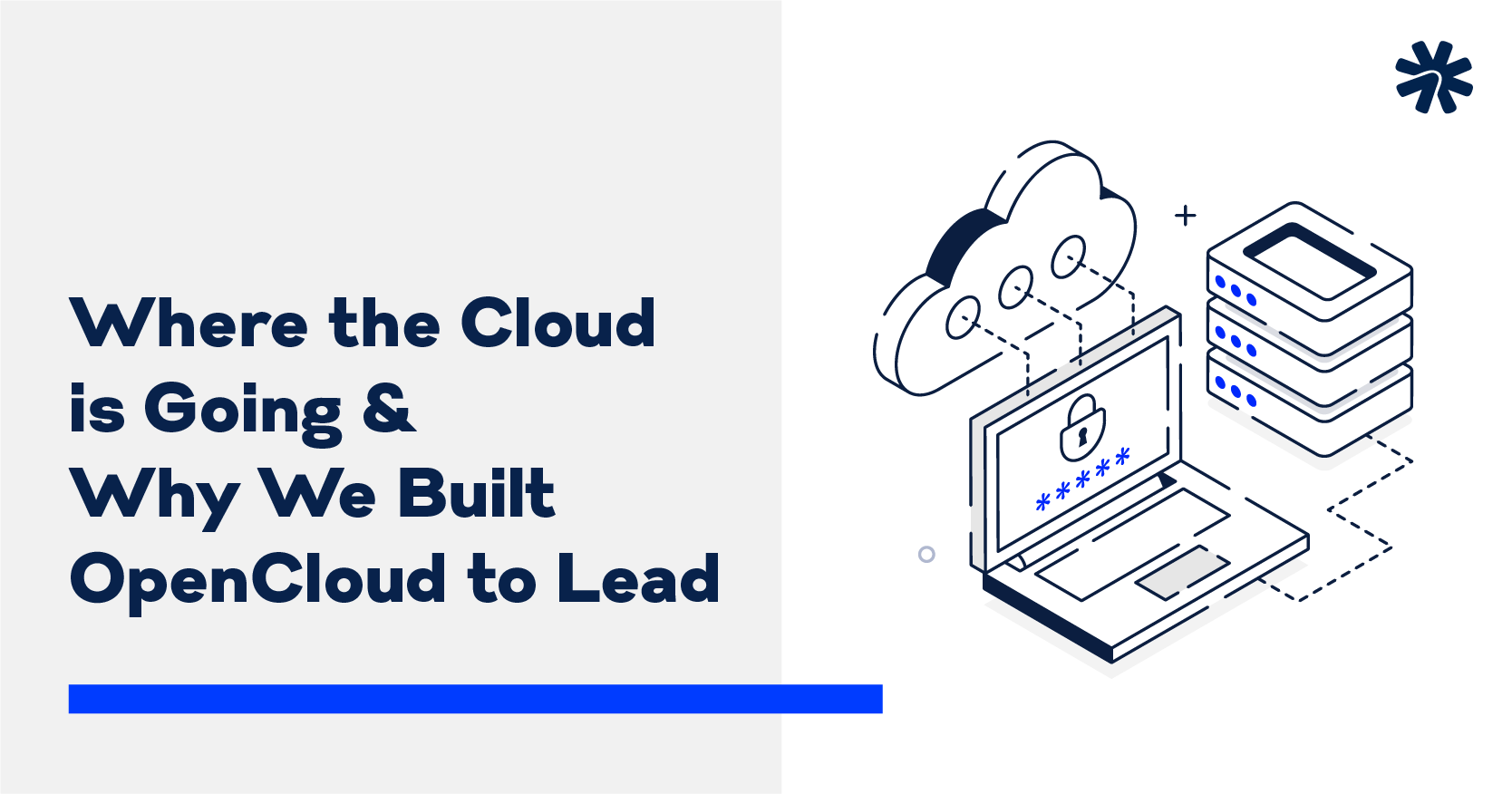IT Independence: Freedom from Vendor Lock-In in 2025

As we celebrate the Fourth of July and reflect on the value of freedom, it’s a good time to think about what independence looks like in your IT environment.
In today’s landscape, too many businesses are tied down by rigid licensing, restrictive platforms, and inflexible vendor contracts. And as recent changes in the market have shown, putting too much control in one vendor’s hands can lead to significant vendor lock-in costs.
So what does IT independence really mean—and how can you reclaim it?
Breaking Free from Vendor Lock-In
Vendor lock-in happens when your business is so dependent on a specific provider or technology that switching becomes nearly impossible—whether due to cost, complexity, or compatibility.
We’ve seen this play out recently with the changes to VMware licensing, which have left many organizations scrambling for alternatives. And it’s not just VMware. Public cloud providers, licensing models like Microsoft EA, and legacy platforms often come with hidden trade-offs that limit your ability to scale, shift, or innovate on your own terms.
The result? Businesses lose control over their own infrastructure strategies.
What True IT Independence Looks Like
At its core, IT independence is about flexibility and choice. It means:
- Having the ability to move workloads when and where you want
- Choosing the infrastructure that best fits your performance, cost, and security needs
- Avoiding costly overcommitments and proprietary traps
- Maintaining visibility and control over your own environment
Independence doesn’t mean going it alone. It means working with a partner who puts your needs first—not their licensing tiers.
How OpenCloud Helps You Take Back Control
At US Signal, we believe the future of IT is open—and that starts with the infrastructure itself. That’s why we built OpenCloud, our infrastructure-as-a-service platform, on open-source technology using Apache CloudStack.
So why does that matter?
Because open-source platforms eliminate the licensing traps and vendor constraints that so many IT leaders are trying to get away from. With OpenCloud, you can run your workloads without the risk of sudden pricing hikes or policy changes—something many businesses have experienced over the past 18 months. It delivers the enterprise-grade performance and security you expect, without the rigidity of traditional public or private clouds.
You also get on-demand scalability. If your needs spike beyond your reserved resources, you can add capacity instantly—no need to submit a request or wait on us.
Netsource One, an OpenCloud customer, summed up their experience this way:
“We’ve migrated both IaaS workloads and on-premise environments to the OpenCloud platform, and the results have been consistently impressive. Regardless of the workload type, we’ve seen strong performance, high reliability, and a smooth transition process.”
OpenCloud is built to give you control, flexibility, and peace of mind—so you can scale on your terms and avoid the surprises.
More Than Infrastructure—A Trusted Partner
Your infrastructure strategy should evolve with your business, not your vendor’s roadmap. That’s why US Signal goes beyond just providing cloud services. We work as an extension of your team to help you stay agile, secure, and future-ready.
Whether you’re migrating away from VMware, exploring hybrid cloud, or simply looking to reduce risk, we’re here to help you design a more independent and resilient IT environment.
Ready to Rethink Your Strategy?
If your current infrastructure is feeling more like a trap than a tool, now’s the time to explore what IT freedom could look like.
Let’s talk about how OpenCloud can help you take back control.
Additional Resources:
Blog: Where the Cloud is Going and Why We Built OpenCloud to Lead
Blog: Navigating Uncertainty with US Signal’s OpenCloud
Video: Cloud Repatriation Strategy: Rethink Where Your Workloads Belong



